EXCELLENCE
In his early years of training Nowakowski was extremely hard on himself, and as he grew his self-critical tendencies only intensified.
“I am still learning how to work on this now as a professional,” Nowakowski said. The 26-year-old dancer who performed as a company member of Travis Wall’s Shaping Sound, ‘Dance Reimagined,’ added, “We all have to learn how to adapt and how to cope with (perfectionism) . . . Because at the end of the day we love it and it has to be fun. We are not machines or robots and that is why artists are beautiful.”

(Kati Ellis)
Although Lutz has performed with artists such as Taylor Swift, Carrie Underwood and Ed Sheeran, she has felt the burden of perfectionism during her own career. Though feelings of fear and inadequacies still creep up, she works to find balance in seeking excellence rather than perfection.
“I have for sure not hit my peak, and I am for sure not totally where I want to be, but I am always appreciative and grateful for everything that I am doing and how far I have come,” said Lutz, who has performed on FOX’s “Glee,” American Music Awards, MTV Awards and other professional programming.



(Haley Hilton)
According to the International Association for Dance Medicine and Science, striving for excellence is the pursuit of challenging, yet attainable goals.
“Because goals are difficult to reach, high levels of dedication and hard work are necessary." International Association for Dance Medicine
“Because goals are difficult to reach, high levels of dedication and hard work are necessary. However, because they are possible to reach, a positive sense of challenge can nurture one’s motivation and the satisfaction of a job well done can be experienced,” the association said.
Lutz said she tries to readjust her natural tendency toward harmful perfectionism by reminding herself that while she will never be perfect, excellence is an attainable goal that will always move her forward.
FUTURE

(Megan Matheson)
Dance teachers can improve student mindsets by letting them know perfection is not expected, but progress toward attainable goals is. Kim Delgrosso, part-owner of Center Stage Performing Arts Studio, Dance Award’s 2012 national studio of the year, said finding balance within life can be helpful in dealing with perfectionism and avoiding burnout.
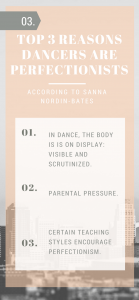
“I worry that the dancers that live here lack life balance. If you skip seasons in your life, there is a detriment to you,” said Delgrosso. “You end up going back to that season later. I feel that it is wise for some dancers to take some time off and see what else they are good at, and not be completely defined by the six hours a day that they dance.”
Many dancers, like Zoe Ridge, dream of dancing professionally one day, but can be affected by the harsh realities of perfectionism. Delgrosso, who directed professional dancers’ Jenna Johnson, Chelsea Hightower and Julianne Hough, responds to student aspirations like this with positivity and caution. She wants her students to know that success at a young age is not necessary for a successful future.
“The dancers don’t need to peak until they are 18." Kim Delgrosso
“The dancers don’t need to peak until they are 18,” Delgrosso said. “I try to tell the parents that there is no reason for their dancers to peak at age 10. You have to understand that my job is to develop these dancers so that they have a career or a full scholarship to college by the time they are 18.”
Bates said that in order to balance between perfection and excellence, dancers need to find motivation in intrinsic, rather than extrinsic, parts of their lives.
“The key is to stay open-minded, flexible, have high but reachable goals, keep collaborating, and to find one’s motivation in intrinsic (joy, interest, togetherness) rather than extrinsic (being the best, avoiding mistakes, a sense of ‘ought to’) factors,” Nordin-Bates said.
Perfectionism, and its associated challenges like eating disorders, anxiety, burnout and injury, are all symptoms of dangerous and unattainable expectations. Delgrosso said if Zoe and other young dancers can learn to develop a balance between perfectionism and excellence, they have a good chance of reaching their dreams without losing balance.

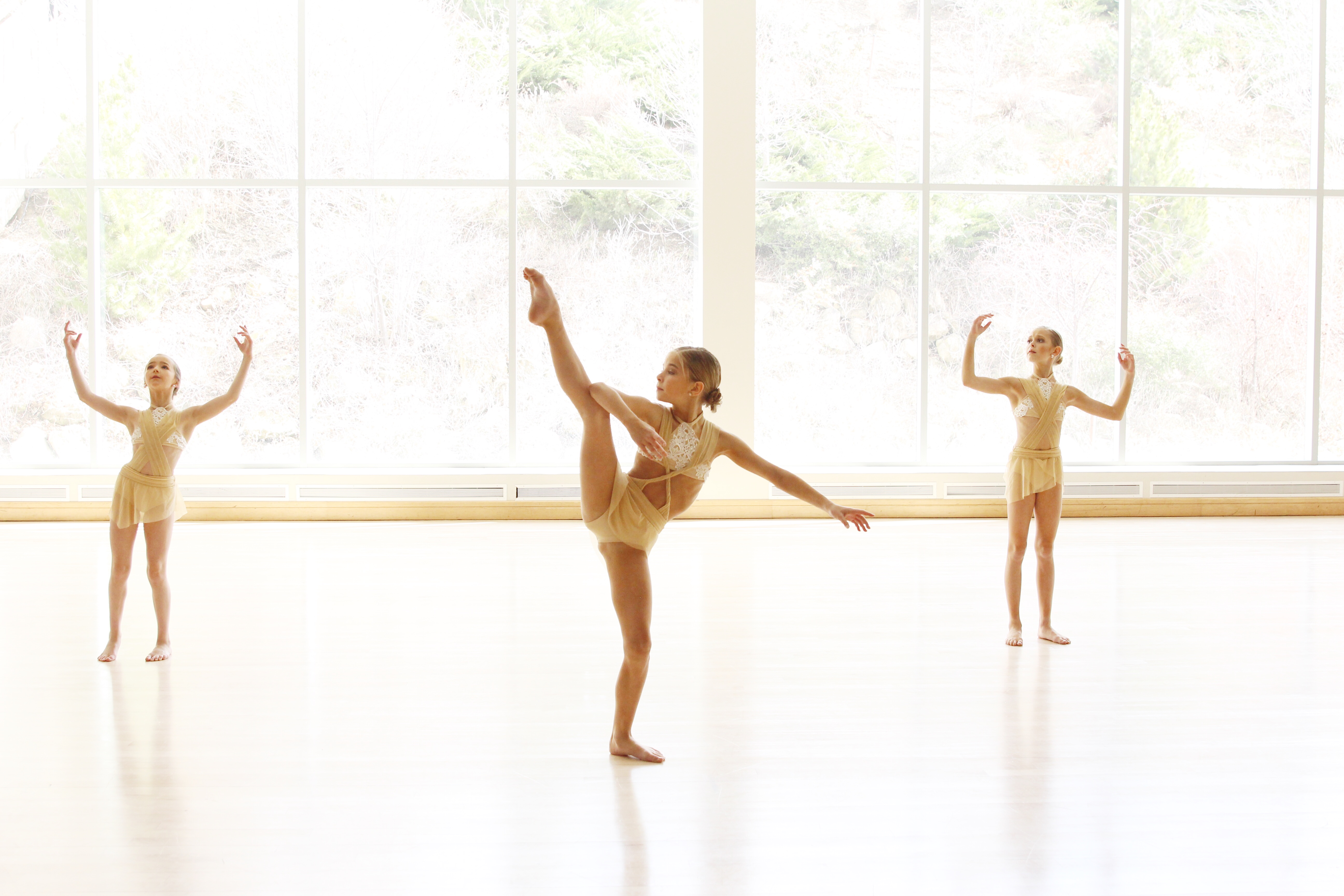
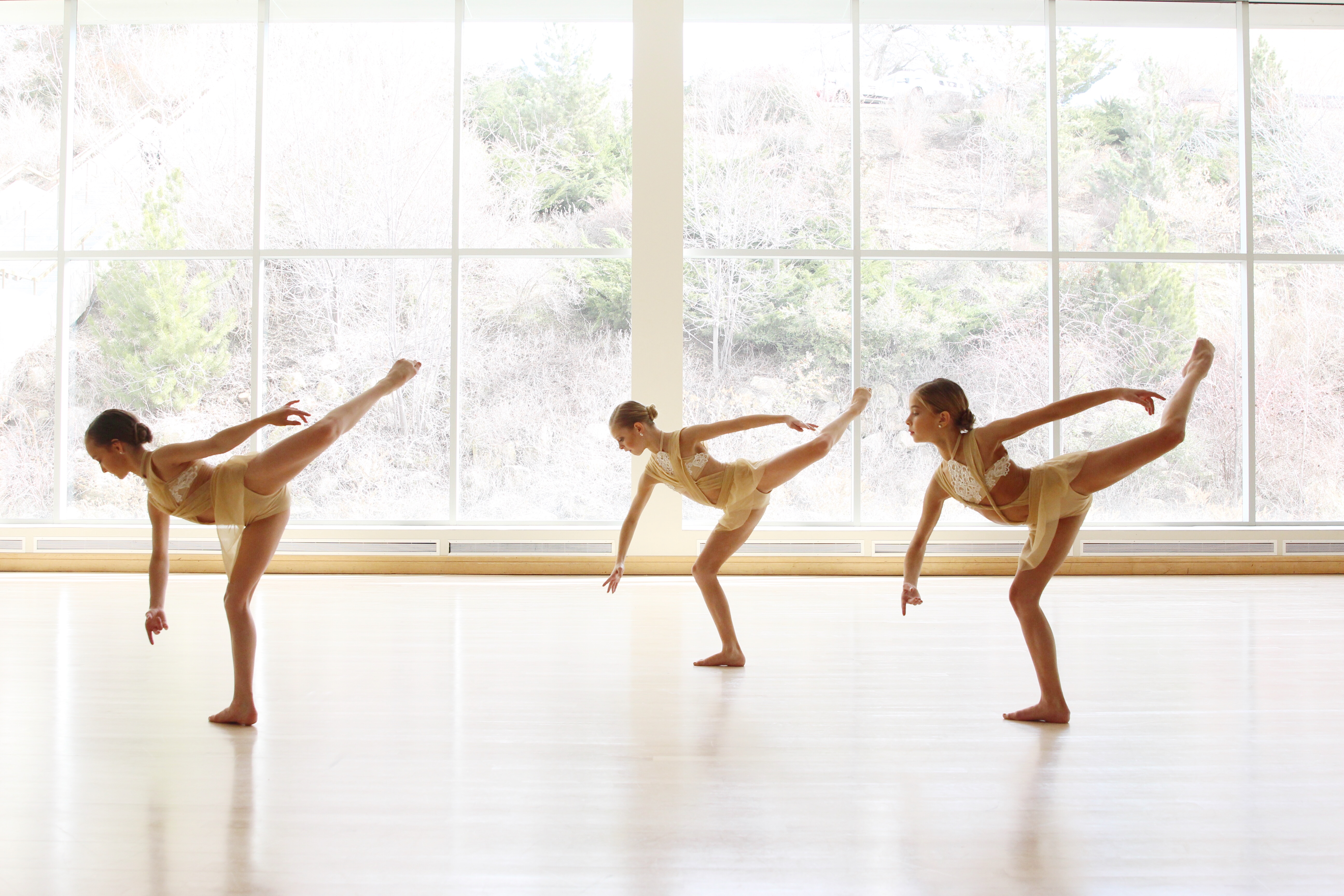
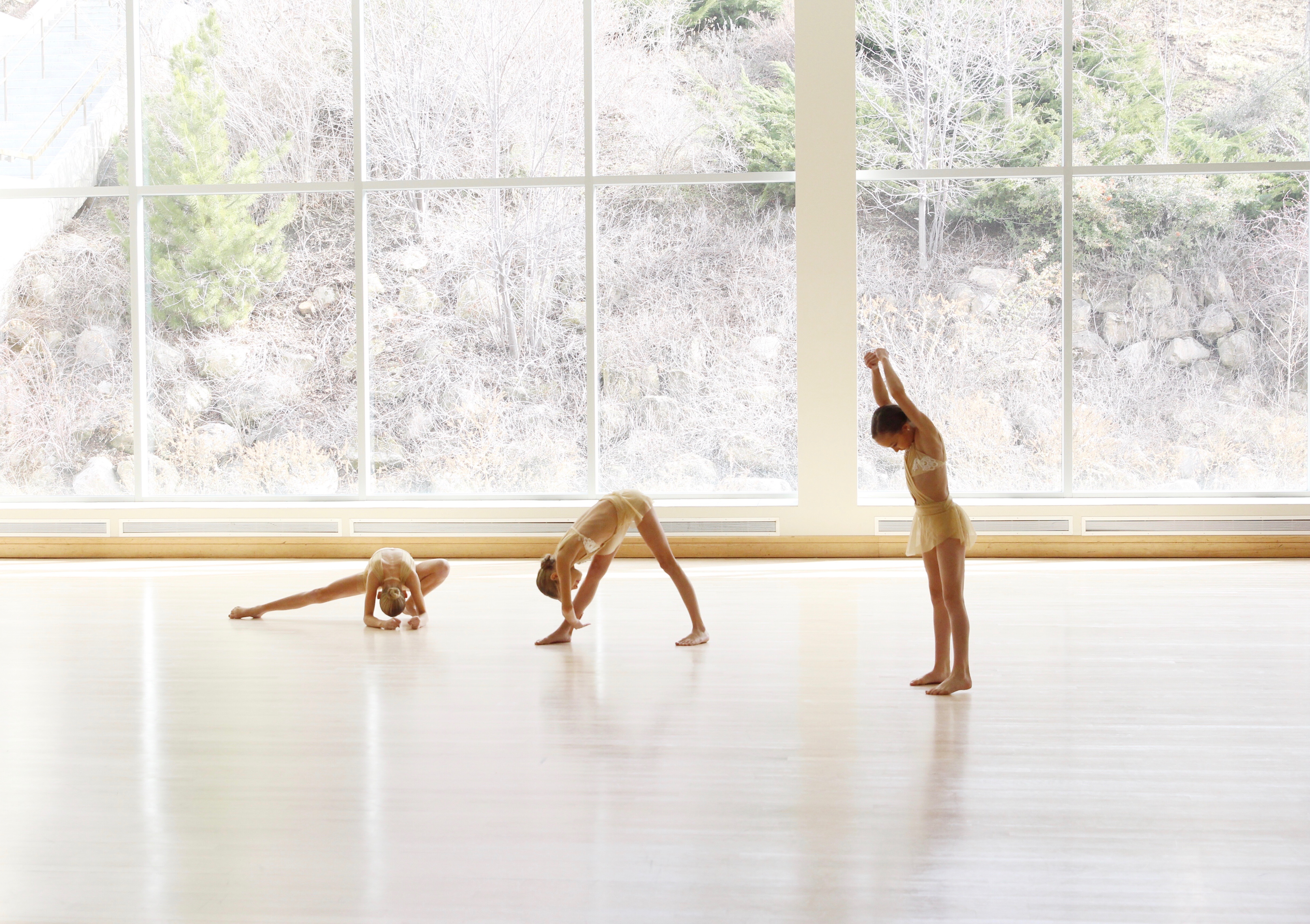
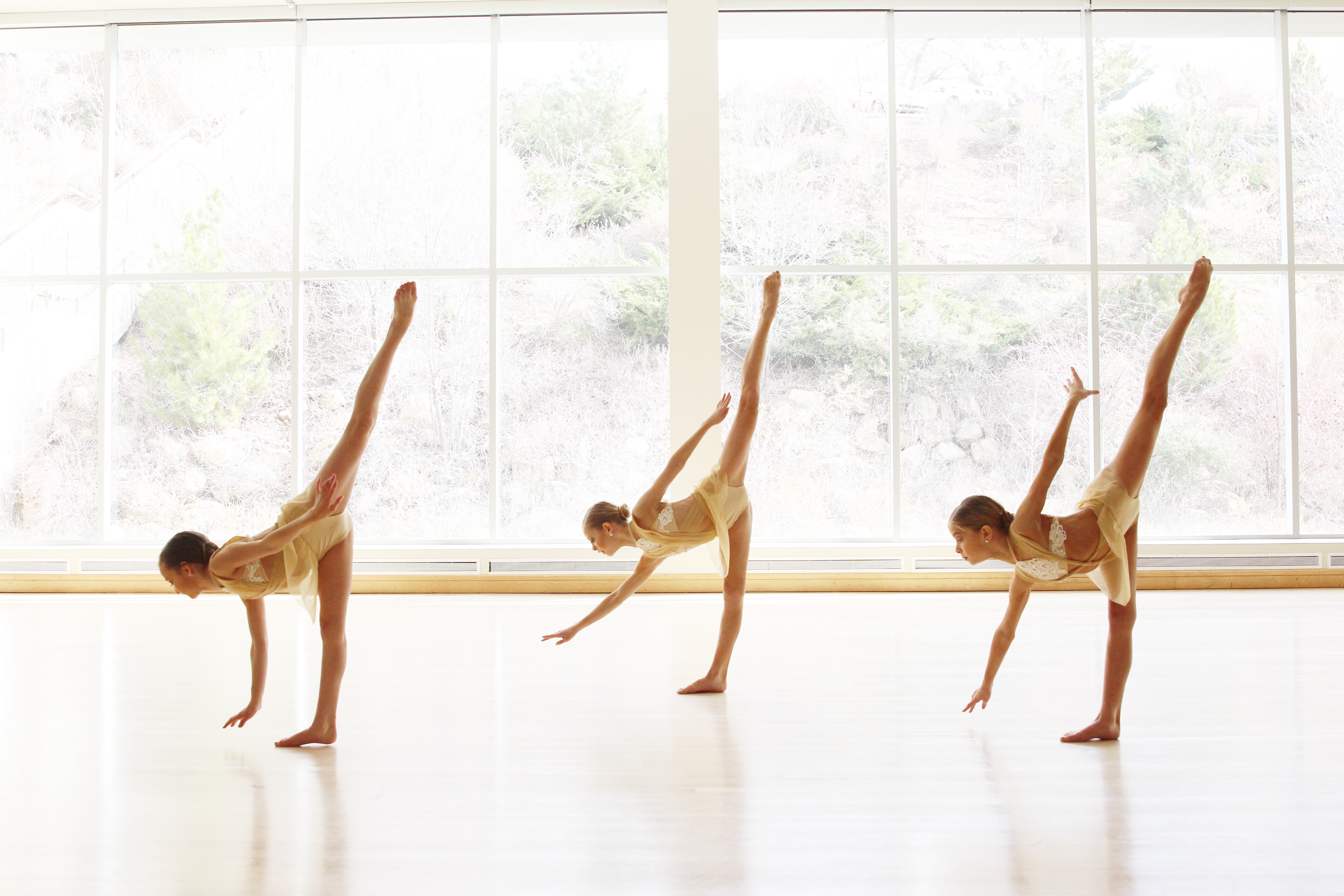
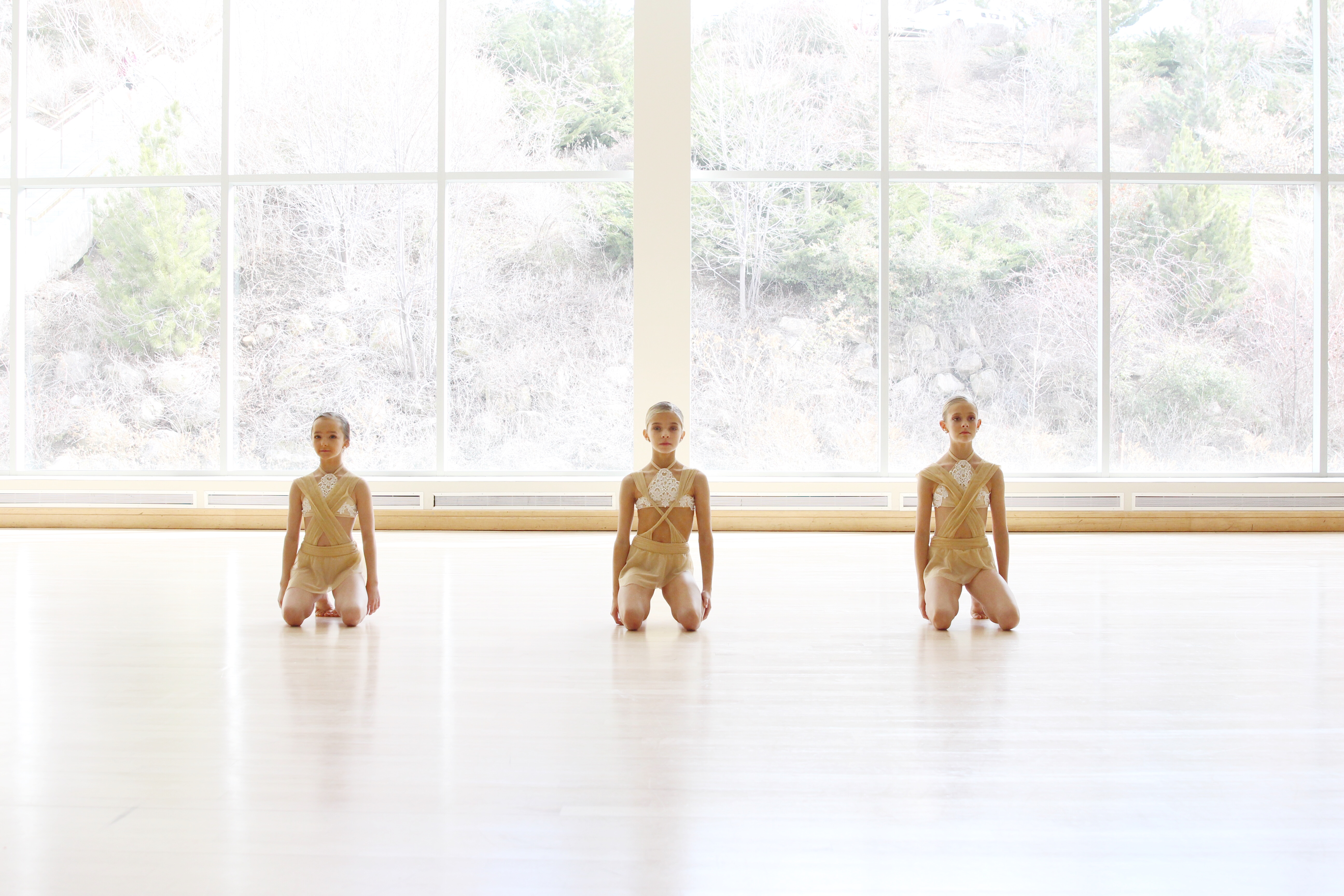
Zoe and her dance friends Brightyn Brems and Bryten Belka perform "She Used to be Mine," choreographed by Alexa Moffett; a piece about losing oneself to the difficulties of life. (Haley Hilton)